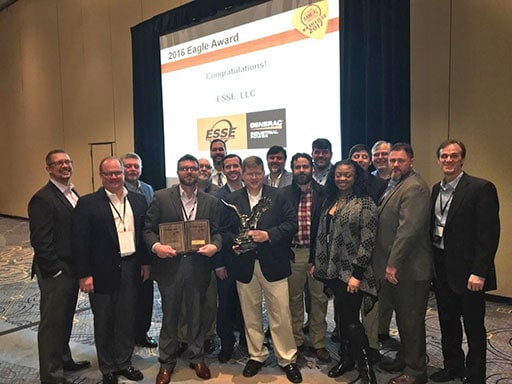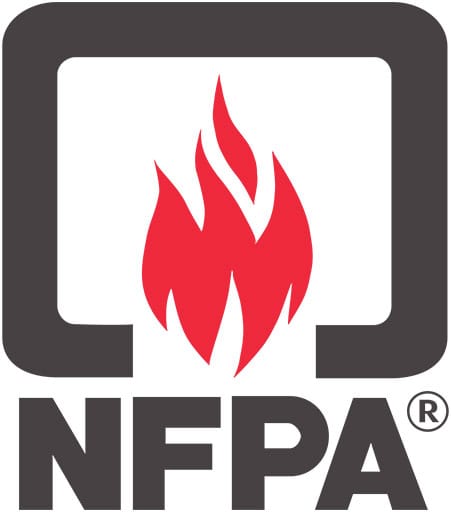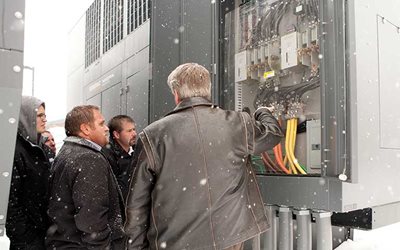February 2017 Articles:
- Welcome 2017
- 2016 Updates to NFPA 110
- Installation Considerations Whitepaper
- Hospital Emergency Power Design Considerations
Welcome 2017
 2017 is here and we welcome the new opportunities it brings, but before we leave 2016 to become a fond memory let me share a few highlights. Energy Systems Southeast, LLC (ESSE) now covers Alabama, Florida (panhandle), Georgia, Mississippi, and Tennessee with 9 outside salesmen, more than 80 certified technicians, 4 offices, 16 parts depots and a great inside team to support all that we do. Last year alone we did 491 generator startups and managed 16,000 PM contracts. Then there was Hurricane Mathew which left the Savannah area with widespread power outages. We were able to place over 20 technicians in the area for 10 days, working around the clock, to help in the recovery efforts – all without causing disruption to our customers throughout our territory. The year culminated at the Generac Annual Conference where we were nominated for 7 awards, and took home the trophies for Parts, Service Operations, and the Eagle Award as the top distributor in North America. We are proud of these accomplishments and celebrate them with our employees who work so hard every day, but we also recognize 2017 is a new year. Our past success does not guarantee future results but it is an indicator that we strive for excellence in all that we do.
2017 is here and we welcome the new opportunities it brings, but before we leave 2016 to become a fond memory let me share a few highlights. Energy Systems Southeast, LLC (ESSE) now covers Alabama, Florida (panhandle), Georgia, Mississippi, and Tennessee with 9 outside salesmen, more than 80 certified technicians, 4 offices, 16 parts depots and a great inside team to support all that we do. Last year alone we did 491 generator startups and managed 16,000 PM contracts. Then there was Hurricane Mathew which left the Savannah area with widespread power outages. We were able to place over 20 technicians in the area for 10 days, working around the clock, to help in the recovery efforts – all without causing disruption to our customers throughout our territory. The year culminated at the Generac Annual Conference where we were nominated for 7 awards, and took home the trophies for Parts, Service Operations, and the Eagle Award as the top distributor in North America. We are proud of these accomplishments and celebrate them with our employees who work so hard every day, but we also recognize 2017 is a new year. Our past success does not guarantee future results but it is an indicator that we strive for excellence in all that we do.
Now back to the present. We have continued to invest in our people, equipment, technology and product lines so much over the last few years maybe a quick game of “Did you know” is appropriate to make sure you are aware of all we can help with. Did you know…
ESSE offers a full range of Standby Power Solutions:
- Generators up to 2MW single set
- Digital parallel technology allows us to easily support projects 10+MW
- UPS Systems up to 1000kVA
- Switchgear and ATS’s
- Full complement of ancillary products
ESSE offers a full range of Mobile Power Products, including Rentals:
- Mobile generators from 10kW up to 2MW (Prime Power)
- Light towers for virtually any situation
- Heaters
- Trash pumps
- Water trailers or Combination Trailers (water/light/power)
- Portable generators, including inverters
ESSE offers full Service after the sale:
- Support for the lifecycle of your product
- Technicians trained for full warranty service
- PM contracts and training
- Fuel service
- Load bank testing
- Support for existing products you may have
Whether you are an end user thinking about a generator, an engineer working on solutions for a client, or a contractor with a project in hand we hope that you will trust us to help. Our experienced, professional and dedicated sales and service teams are only a call away. For more information please visit our website at www.essellc.com or contact me directly if you have any trouble (Jeff Webb, jeff.webb@essellc.com).
2016 Updates To NFPA 110

The goal of NFPA 110 is to ensure that emergency systems have a consistent level of good reliability, but sometimes things go very wrong. The standards recognize that sometimes a portable generator needs to be temporally connected to the emergency system (8.1.2). Though the emergency system requires permanently installed equipment (4.4.3), the annex was updated to clarify that temporary mobile generators can and probably should be used when the emergency generator is out of service. The standard was also updated to provide increased guidance for worst-case flooding, adding references to FEMA 543 and 577 in A.7.2.5.
Reliable emergency systems require constant testing and good record keeping practices for both the generators and transfer equipment. The 2016 standard added a requirement (8.4.3.1) to initiate the generator start from a different automatic transfer switch (ATS) each month to ensure that each ATS has a working two-wire start circuit. It is also worth noting that NEC 2017 has also added a provision for making the two-wire start circuit fail-safe-to-start (700.10(D)(3)).
In addition to following various testing protocols, facility managers face the challenge of coordinating testing with facility operations, especially in healthcare applications. The 2016 standard updated A.8.4.6.1 to clarify that the ATS neither needs to be transferred at the same time as the monthly generator test nor needs to stay transferred for the entire 30-minute test. It should be noted that critical circuits within hospitals often use bypass isolation transfer switches to allow the ATS to transfer, meeting code requirements but not actually interrupting the load (exercising the ATS while drawn-out and bypassed).
Finally, the standard was updated to add a new section (8.5) on record management for the emergency system.
Fuel reliability is a critical element to overall emergency system reliability. The standard recognizes that fuel is often shared with other devices, such as boilers, thus requiring features in the system to ensure the emergency system is guaranteed first-fuel priority (5.5.1.1). Previously, the implementation was limited to directly controlling draw-down levels, typically with riser piping. The update recognizes other passive design features that would support more complex fuel tank configurations.
A new addition to fuel reliability is the removal of automatically actuated valves on the fuel supply and return lines (7.9.13). The addition of unnecessary solenoid valves in the piping can decrease system reliability, but there are times when this requirement will need to be discussed with the authority having jurisdiction (AHJ). When main storage tanks are positioned at a higher elevation than the generator day tanks, shutdown solenoids may be necessary to prevent over-fueling the day tank. Fuel shutdown valves may need to be integrated into the design at either the main storage tank or be integral to the day tank design.
Controls are a significant element in reliable ATS and generator operation. Traditionally, most emergency system applications utilized mechanically interlocked, open transition switches. As the market has seen more adoption of closed transition technology, the standard updated A.6.2.3 to remind designers to coordinate with local utility grid interconnect requirements. From a generator standpoint, section 5.6.9.9(4) previously required a voltage-adjusting rheostat, which was aligned with analog regulator technology and allowed anyone with two fingers access to generator voltage control. Most manufacturers have recognized this weakness and made the voltage control access more secure. NFPA has aligned with this market norm by updating this section.
In addition to single-generator applications, mission-critical hospital applications often utilize complex third-party, paralleling switchgear solutions to connect the generators. NFPA continues to recognize that these complex approaches require greater scrutiny from a control and testing standpoint. The standard requires the system control functions for paralleling and load shedding to be verified with system design documents (7.13.4.1.3) during commissioning. Also, the paralleling switchgear controls must be validated for operation as intended during monthly tests and scheduled maintenance. This would include periodically testing the load shed/load management functionality. Generac has recognized this complexity issue and has led the industry in standardizing and fully integrating on-generator paralleling technology, resulting in highly reliable and easy-to-use solutions.
NFPA 110 continues to be the defining document for a consistent level of good reliability, and the updates align with that mission. It should be noted that NFPA 110 ensures consistency within the market but is not a mission-critical design document. NFPA 110 is aligned with the needs of typical emergency system applications and accepts single-point, system-level failures. As system designers look to move beyond this level of good reliability, we encourage a full exploration of the design features within Generac’s generators, transfer switches and paralleling technologies.
Installation Considerations Whitepaper
A key consideration for any standby power project is determining where the generator will be located. The evaluation involves many technical factors that go beyond a simple indoor versus outdoor comparison. For example, determining whether the application would best be served by a single large generator or a paralleled solution with multiple, smaller generators can impact the location decision significantly. This whitepaper outlines the issues to consider when determining where to place a generator or a set of generators.
The Importance Of Maintenance For Winter-Season Generator Reliability

With hurricane season behind us, it’s time to focus on winter storms. Ensuring reliable generator operation throughout the winter months requires routine maintenance. This is especially important given the extreme low temperatures in which the generator will be required to operate. Maintenance can be performed by your own trained technicians or as part of a maintenance contract with your Generac Industrial Power dealer.
Fuel Reliability
If yours is a diesel-fueled generator — and unless you’ve experienced power outages so frequent and severe as to consume an entire tank of fuel — the beginning of the new year is an excellent time to perform fuel maintenance. Diesel fuel tends to degrade over time, and will require filtering and polishing to eliminate moisture and contaminants that, if introduced to the engine, could at a minimum reduce performance but run a real risk of causing engine damage. Diesel fuel maintenance is especially important in the winter, when water in the fuel can freeze inside fuel lines and prevent the generator from starting.
Inspecting Spark Plugs
While gaseous-fueled generators have the benefit of operating on a fuel that is largely unaffected by extreme temperatures, one thing that can impede successful gaseous-fueled generator operation is bad spark plugs. Pitted and fouled spark plugs could cause the engine to misfire repeatedly or fail to start entirely. To avoid increased exhaust emissions and improve the generator’s ability to start in the cold, the spark plugs should inspected — and changed, if necessary — at least once each winter season.
The Engine’s Electrical System
Generators can only produce power if they receive power — in the form of DC voltage coming from the starting batteries. Dead batteries mean a dead generator set. In cold weather, batteries run the risk of losing their charge. They should be inspected for damage, and a load tester can help determine if the battery is having difficulty maintaining a charge. Make sure battery fluid levels are properly maintained, and ensure that cables are securely fastened to the terminals and that both are clean.
Changing Engine Coolant
Coolant prevents the development of rust deposits, keeps the generator’s water pump well-lubricated and helps remove contaminants from the gen-set’s system. Maintaining engine coolant keeps the generator prepared for harsh winter weather and helps ensure its long-term performance. The coolant supply should be flushed and changed at least once per year or after every 100 hours of operation — whichever comes first.
Inspecting And Changing Filters
During warmer months, dust, dirt and debris can invade your generator. Luckily, oil and air filters are designed to serve as the engine’s first line of defense against these harmful contaminants. The generator’s oil filter — or filters — should be changed at least once per year to keep debris out of the engine and prevent potential damage. The beginning of the new year is an excellent time to change the oil and filter.
Load Bank Testing
While a generator may start flawlessly, there’s no way of knowing if it’s actually producing the power it should unless it is periodically connected to a load bank. Load banks allow the generator to run under load in a simulated outage situation. They test the generator to see if it will perform as intended during a real power outage. Load bank testing should be performed annually, and once again, the winter season is an excellent time to get that annual testing out of the way.
Contact us for more information on routine maintenance.


